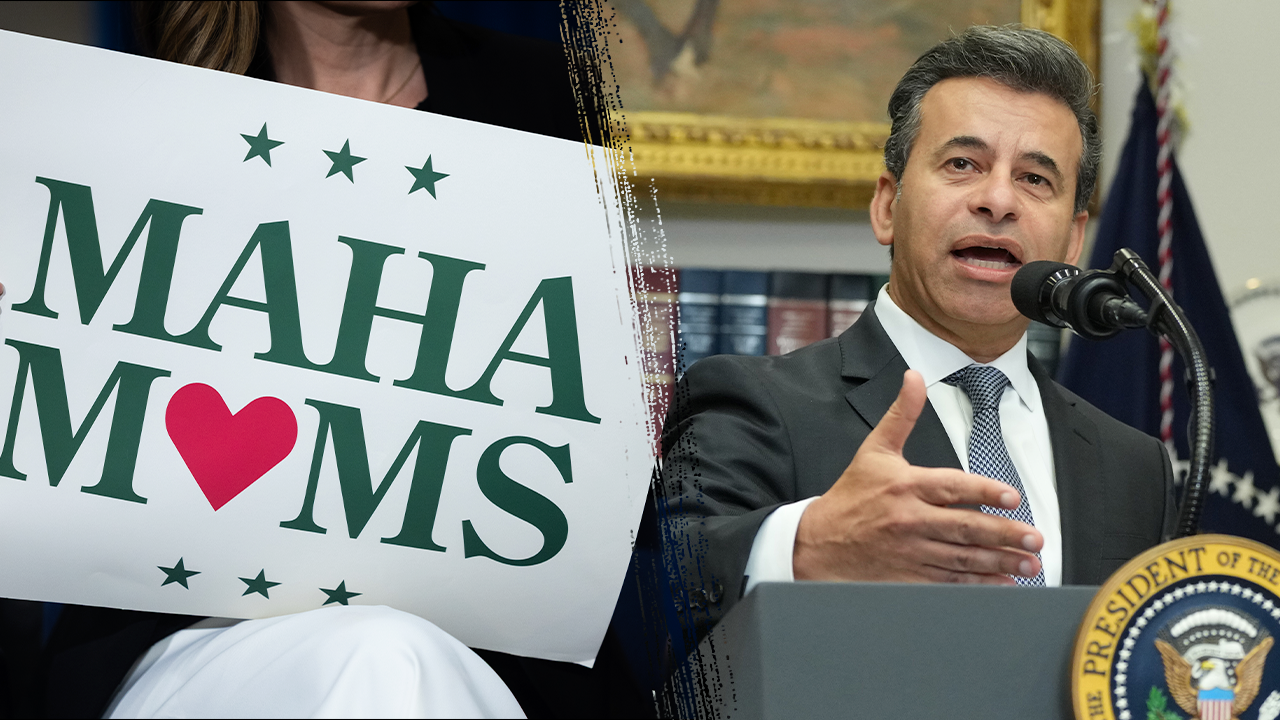FDA’s Controversial Decision: Are Fluoride Prescriptions for Kids at Risk?
The U.S. Food and Drug Administration (FDA) has ignited a heated debate by announcing a reevaluation of fluoride prescriptions for children. Amid growing concerns about potential health risks, the agency is scrutinizing the safety and efficacy of fluoride treatments, leaving parents and dental professionals divided. The review, expected to conclude in early 2024, could reshape decades of dental health practices.
Mounting Evidence Sparks Regulatory Scrutiny
For over 70 years, fluoride has been hailed as a cornerstone of dental health, credited with reducing childhood cavities by up to 25%. However, recent studies suggest excessive fluoride exposure may be linked to:
- Dental fluorosis (white spots or streaks on teeth) in 23% of adolescents
- Potential neurodevelopmental concerns, per a 2019 JAMA Pediatrics study
- Thyroid dysfunction at high exposure levels
The National Toxicology Program’s 2022 draft report found “moderate confidence” that higher fluoride exposure is associated with lower IQ in children, though critics argue the evidence remains inconclusive. “We’re seeing concerning patterns, but we need more rigorous studies,” admits Dr. Lauren Henderson, a pediatric dentist at Boston Children’s Hospital.
The Great Fluoride Divide: Experts Weigh In
Proponents of fluoride treatments argue the benefits far outweigh potential risks. “Fluoride remains our most effective tool against tooth decay, especially in low-income communities where dental care access is limited,” asserts Dr. Mark Sullivan, spokesperson for the American Dental Association. The CDC still recommends fluoride supplements for children without fluoridated water.
However, skeptics welcome the FDA’s review. “The science has evolved since fluoride was first introduced,” notes Dr. Priya Nair, an environmental health researcher at UC Berkeley. “We now know developing brains are exceptionally vulnerable to chemical exposures. Prudence demands we reexamine our assumptions.”
What Parents Need to Know Now
While the FDA review unfolds, dental experts suggest these precautions:
- Consult your pediatric dentist about your child’s specific fluoride needs
- Monitor all sources of fluoride exposure (toothpaste, water, treatments)
- Use only pea-sized amounts of fluoride toothpaste for children under 6
- Consider fluoride testing if your water comes from private wells
The American Academy of Pediatrics recently updated its guidance, now recommending fluoride varnish applications every 3-6 months for high-risk children rather than blanket prescriptions.
The Road Ahead: Policy Implications
The FDA’s decision could have far-reaching consequences:
- Potential restrictions on fluoride supplement dosages
- Revised labeling requirements for fluoride products
- Changes to community water fluoridation programs
- Increased research funding for fluoride safety studies
Some states are already taking action. In 2023, Vermont passed legislation requiring fluoride warnings on all prescriptions, while California launched a $5 million study on fluoride’s developmental effects.
A Balanced Approach to Dental Health
As the debate continues, most experts agree that complete fluoride avoidance could be dangerous. “We risk throwing the baby out with the bathwater,” warns Dr. Sullivan. “The key is precision – using fluoride appropriately based on individual risk factors.”
For now, parents should stay informed through reliable sources like the CDC and ADA websites. The FDA is accepting public comments on its fluoride review until November 15, 2023, offering concerned citizens a chance to weigh in on this critical children’s health issue.
What’s next? The FDA’s final determination could set new precedents for preventive healthcare approaches. Regardless of the outcome, this controversy highlights the importance of periodically reevaluating long-standing medical practices as scientific understanding evolves.
See more WebMD Network



